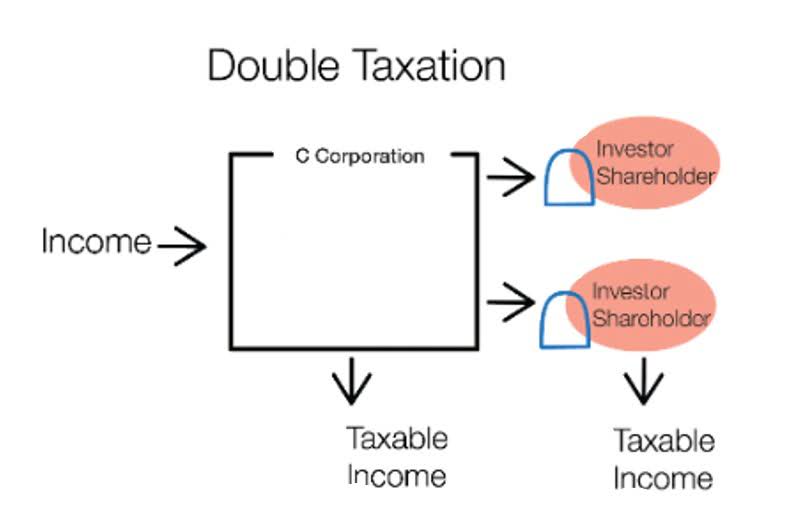You should classify a note receivable in the balance sheet as a current asset if it is due within 12 months or as non-current (i.e., long-term) if it is due in more than 12 months. Just as was the case with accounts receivable, there is a possibility that the holder of the note receivable will not be able to collect some or all of the amounts owing. When the investment in a note receivable becomes impaired for any reason, the receivable is re-measured at the present value of the currently expected cash flows at the loan’s original effective interest rate. A note receivable is an unconditional written promise to pay a specific sum of money on demand or on a defined future date and is supported by a formal written promissory note. For this reason, notes are negotiable instruments the same as cheques and bank drafts.
The following example uses months but the calculation could also be based on a 365-day year. Interest is a monetary incentive to the lender that justifies loan risk. The interest rate is the part of a loan charged to the borrower, expressed as an annual percentage of the outstanding loan amount. The straight-line method is easier to apply but its shortcoming is that the interest rate (yield) for the note is not held constant at the 12% market rate as is the case when the effective interest method is used.
Easily Manage Notes Receivable With Accounting Software
If the note receivable is due within a year, it’s treated as a current asset, treated as non-current assets. Square, the mobile payments company, allows small businesses to take credit cards by swiping customer credit cards using a small square device attached to the audio jack found on mobile devices. Since its founding in 2009 and the launch of https://www.bookstime.com/ its first app in 2010, Square has found its way into many small businesses – and large businesses. Starbucks uses Square to process transactions with credit or debit card customers. In November 2014, Square announced that it would be accepting Apple Pay. At the maturity date of a note, the maker is responsible for the principal plus interest.
When customers pay cash, the company credit accounts receivable and debit cash. Notes receivable is the promissory note which the company owns and expect notes receivable to collect in the future base on term and condition. The promissory note gives the legal right to the holder to receive a specific amount in the future.
Principal
Notes Receivable due in more than one year are listed in the Long-term Asset section of the Balance Sheet.
- The credit can be to Cash, Sales, or Accounts Receivable, depending on the transaction that gives rise to the note.
- There are several types of notes receivable that arise from different economic transactions.
- Finally, at the end of the 3 month term the note receivable is honored by the customer together with the accrued interest, and the following journal completes the transaction.
- Accounts receivable and notes receivable that result from company sales are called trade receivables, but there are other types of receivables as well.
- If a customer approaches a lender, requesting $2,000, this amount is the principal.
The total discount $480 amortized in the schedule is equal to the difference between the face value of the note of $10,000 and the present value of the note principal and interest of $9,250. The amortized discount is added to the note’s carrying value each year, thereby increasing its carrying amount until it reaches its maturity value of $10,000. As a result, the carrying amount at the end of each period is always equal to the present value of the note’s remaining cash flows discounted at the 12% market rate. This is consistent with the accounting standards for the subsequent measurement of long-term notes receivable at amortized cost.


